When I first saw a trailer for Disney Pixar’s Inside Out, I wasn’t sure what to expect. Little voices inside your head? Personified emotions? It sounded highly conceptual and highly abstract, and I wondered how an animation studio, even one as adept at creating strong emotional resonance (the first ten minutes of Up, anyone?), could go about tackling something like this. Now that I have seen the film, I can tell you that Inside Out isn’t really like anything I’ve seen before, but that it is beautiful and intelligent and generally wonderful and I highly recommend it.
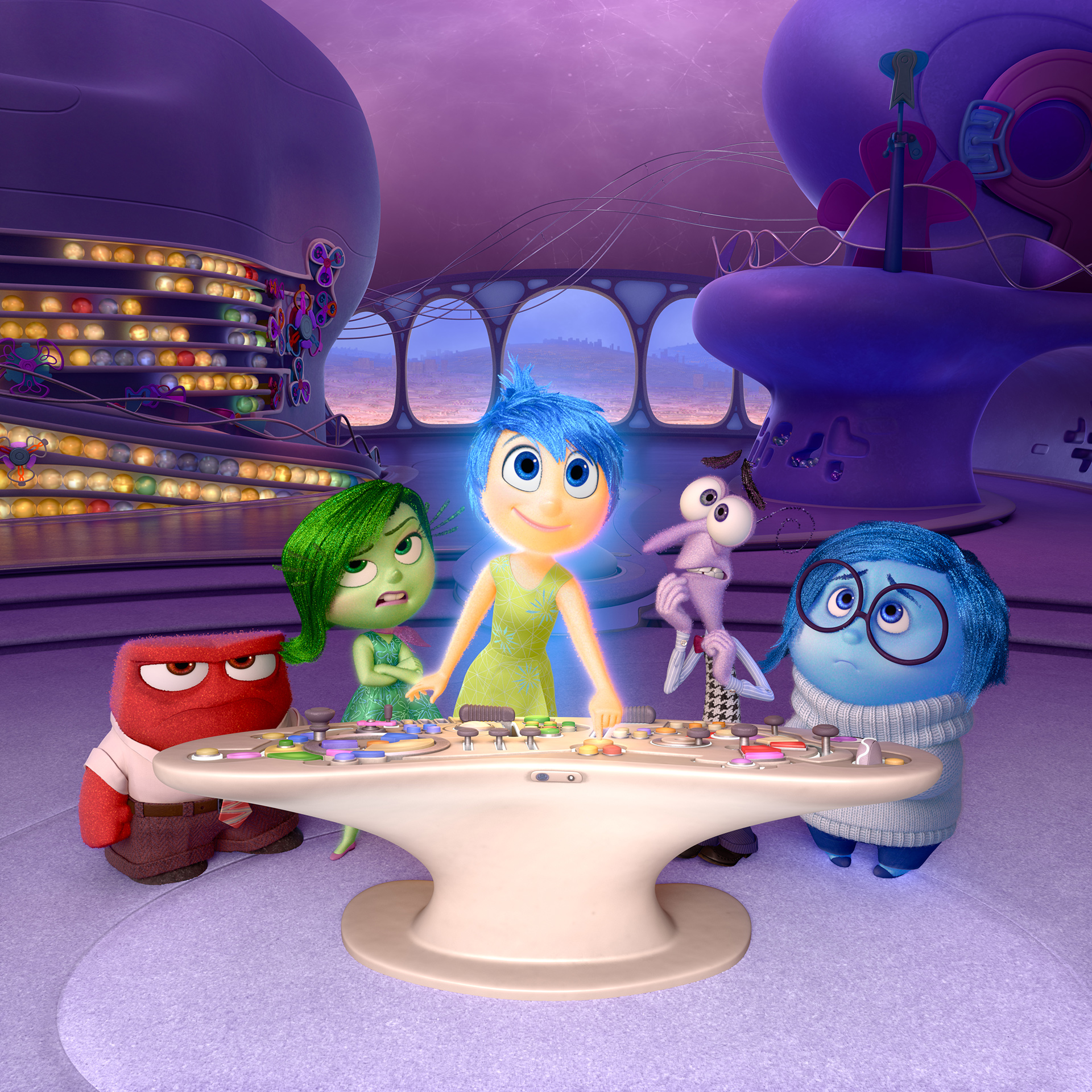
image source: Official Inside Out Movie site
Though there are two concurrent and thoroughly symbiotic stories happening, the plots are only the surface level of what this film is really about. Yes, it is the story of 11 year old Riley Anderson (Kaitlyn Dias), whose family moves from Minnesota to San Francisco, upending her entire life, and it is the story of how two of her five basic emotions, Joy and Sadness, get lost in the “long term memory storage” part of her brain. On a deeper level, it is the story of growing from childhood to early adolescence as Riley experiences her first foray into a more mature way of thinking. It is also the story of someone struggling with depression brought on by life circumstance outside of her control. And all of these layers work together to create a funny and yet bittersweet tale that may bring adult viewers face to face with their own inner selves while allowing children the simple joy of meeting, well, Joy.
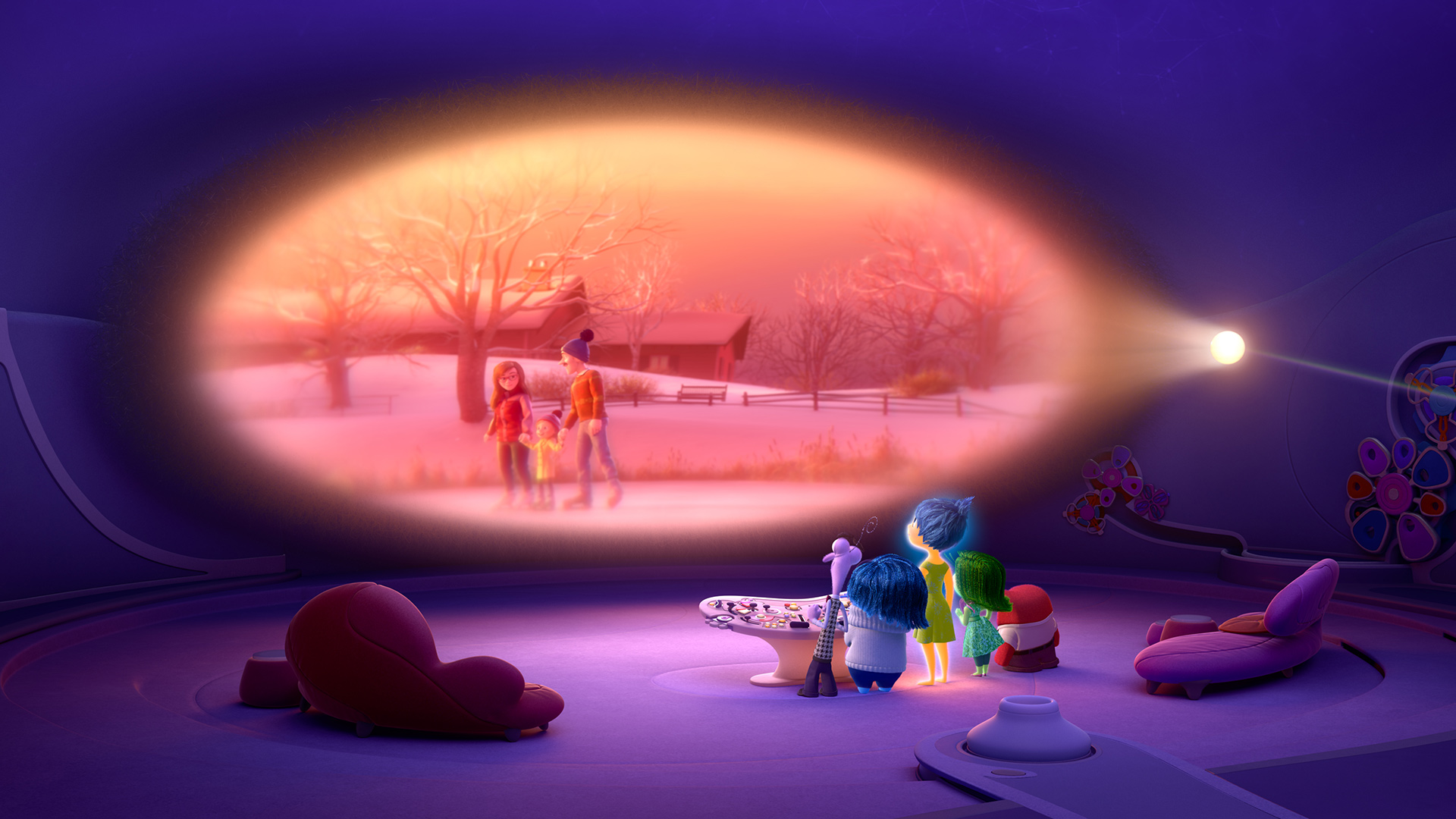
image source: Official Inside Out Movie site
Riley’s life begins the day she is born, with her most basic human emotions, Joy (Amy Poehler) and Sadness (Phyllis Smith), born shortly thereafter. They fight over the control panel in the Headquarters of Riley’s brain, where they are later joined by Anger (Lewis Black), Fear (Bill Hader), and Disgust (Mindy Kaling). Together these emotions control how Riley reacts to things around her, and they build memories literally colored by the emotion in control at the time. The primary emotion is still Joy, though, and all of Riley’s “core memories” are therefore bright yellow, the color of joy. The core memories power Riley’s “Islands of Personality” which are the major abstract concepts that shape who Riley is as a person. She loves her family, has a silly streak, is passionate about hockey, and the emotions watch her life play out through Riley’s eyes.

image source: Official Inside Out Movie site
When the Andersons are suddenly relocated to San Francisco because of Riley’s father’s job, everything changes. The new house isn’t what they expected, Riley is starting a new school where she doesn’t yet have any friends, and she left behind her beloved hockey team. Though she tries to be happy for her parents, such big events are difficult in anyone’s life, and they lead to changing thought processes.
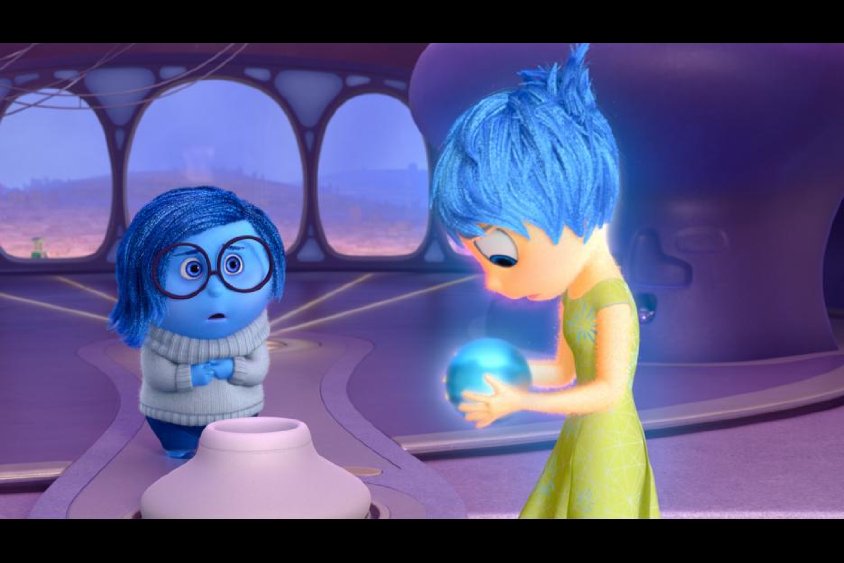
image source: imdb.com
Meanwhile inside Riley’s head, after a difficult first day at the new school, a new core memory appears and instead of the usual bright yellow, this one is the blue of Sadness. Through trying to suppress the new memory so it won’t negatively impact Riley, Joy winds up swept up into Riley’s long term memory storage along with Sadness and the other core memories. Anger, Fear and Disgust are left at the control panel and Riley descends into increasingly negative thoughts.
Though the story of Joy and Sadness trying to get back to Headquarters and the control panel (as they discover the vital relationship they share) is important, what I loved about this movie is what a brilliant illustration of thought process it creates. Not only does this film explore the way our memories color our view of the world, and even how they fade away as we grow older and no longer need some of the early building blocks we formed, it tackles the way our emotions act to protect us, and how they compel us to take actions that may not be logical from the outside.

image source: Official Inside Out Movie site
This film also is a very eloquent extended metaphor about depression. Many people who haven’t experienced depression assume it is just sadness, something that can be “cured” if the person will simply “cheer up.” But as Inside Out illustrates, depression is much more than that. Joy and Sadness are both absent, leaving Fear and Disgust to fuel negative thinking about the self, and Anger in control of interactions.
Though Riley goes through many of the stages of depression in a compacted amount of time, it serves as a way to fuel a major maturity growth for her, while further illustrating what it is like to be a pre-adolescent and the pain that can come with finding yourself growing and changing in unexpected ways. I also recommend checking out this article from NPR called “Science of Sadness and Joy,” where they explain this more eloquently than I and discuss how Disney and Pixar created such a true representation of childhood emotions.
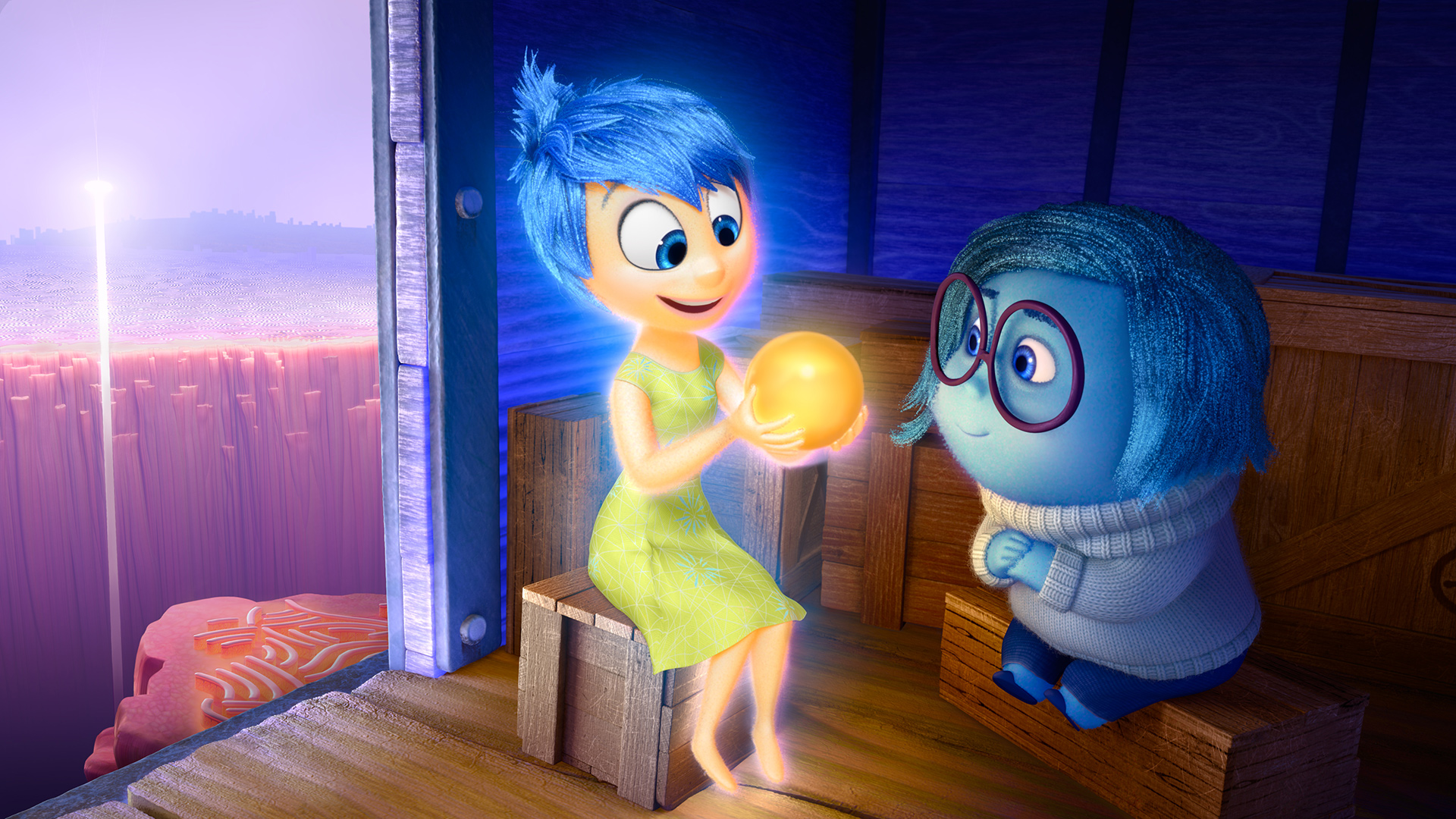
image source: Official Inside Out Movie site
All of this is to say, I cannot recommend this film enough. It might be too much for the youngest viewers who may not have enough time to process the final emotional journey at the conclusion (or for kids who absorb and reflect the emotions they see on the screen, as Sadness plays a prominent and vital role), but it is beautiful and personally I found it to be cathartic in a way I didn’t know I needed.
Have you seen Inside Out? Tell me what you thought of it! Do you agree with my assessment of it as an extended metaphor? Let’s talk about that, too. See you in the comments.



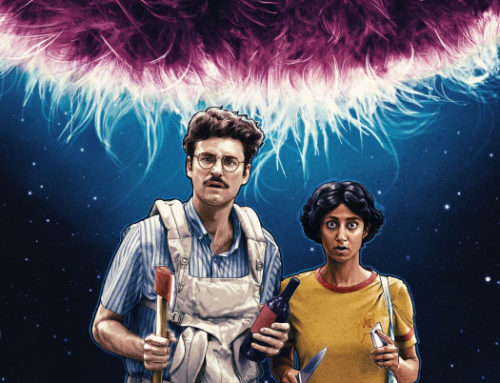


Leave A Comment
You must be logged in to post a comment.